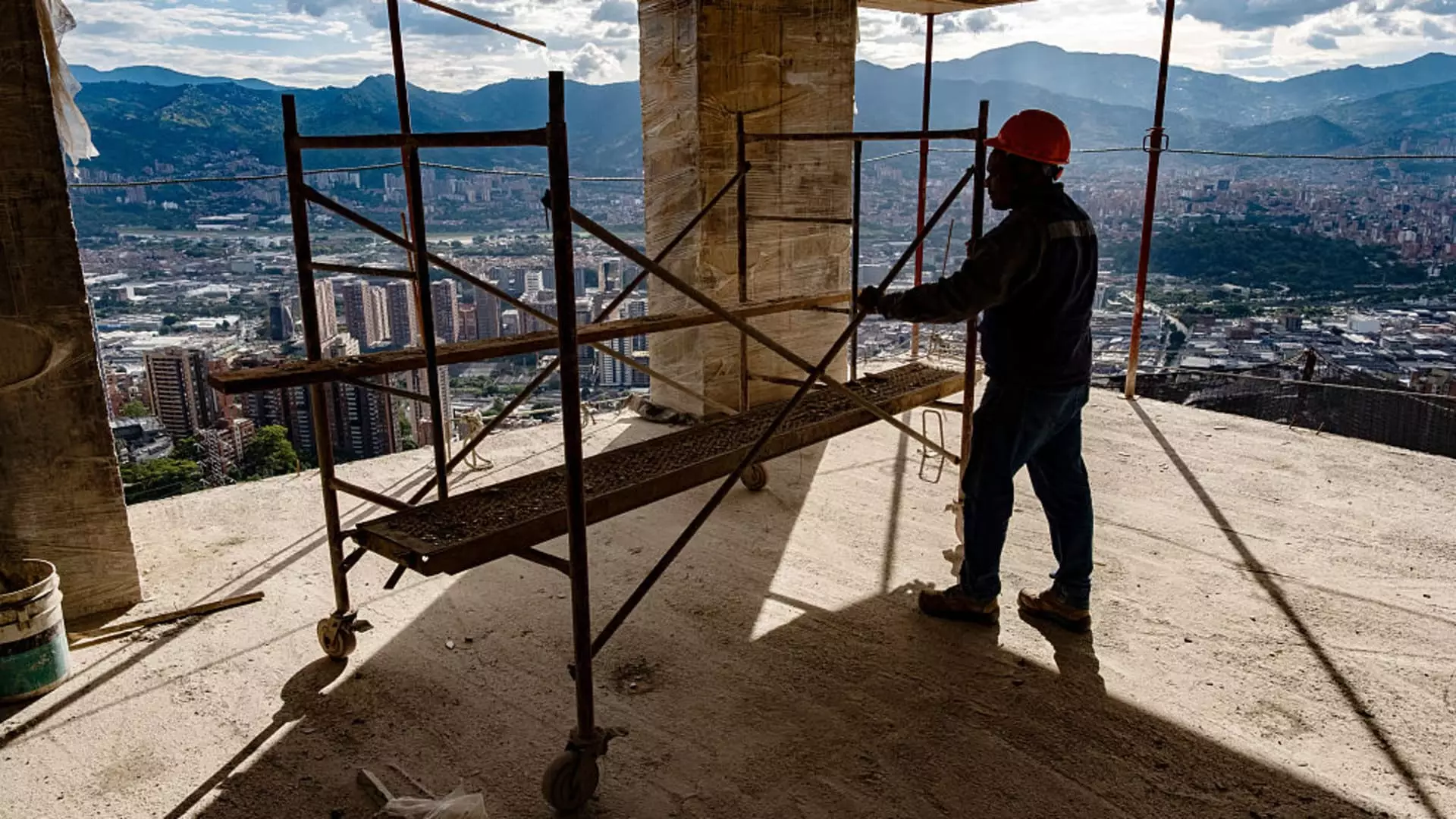The construction sector, long regarded as the slow-moving behemoth of industry, exemplifies how stubborn resistance to change hampers progress. Despite the billions poured into infrastructure and development, the industry refuses to shed its outdated operational model rooted in paper-based documentation and manual processes. This archaic approach isn’t just a matter of inconvenience—it’s a systemic failure that costs the economy nearly $1 trillion annually in lost productivity, according to recent McKinsey reports. Why is this sector still lagging behind, especially when other industries like automotive and aerospace invest heavily in digital transformation?
The problem isn’t merely a lack of innovation; it’s a refusal to prioritize technology investment seriously. Spending less than 1% of revenue on IT—compared to a third or more in other high-tech industries—is a tragic indictment of how underfunded and underestimated construction’s potential for modernization truly is. This neglect creates a vicious cycle — delayed projects, inflated budgets, environmental waste, and safety hazards. It’s a result that many industry leaders might rationalize as “the way things have always been,” but this stance is fundamentally wrong. Remaining inert in the face of technological advancements means sacrificing efficiency, safety, and ultimately, global competitiveness.
The Human Cost and Missed Opportunities for Innovation
Sarah Buchner’s career trajectory underscores a critical flaw in the industry: the undervaluing of human expertise and safety. Her personal story, marked by a tragic fatality, reveals how rooted outdated practices are in risking lives and wasting resources. Her decision to pivot into construction tech was driven by a genuine desire to rectify these systemic issues—a move that embodies the urgent need for disruption from within.
Her creation, Trunk Tools, highlights a glaring flaw in the construction process: the overwhelming volume of unstructured data that workers are forced to wade through daily. Imagine managing half a billion-dollar project with millions of pages of documentation that constantly change and often conflict. This chaos not only wastes time and money but contributes significantly to carbon emissions—emissions that could be mitigated if projects were more streamlined and efficient.
The reality is that current practices are become increasingly incompatible with the demands of sustainability and safety. Construction sites are battlegrounds of conflicting instructions, wasted materials, and misaligned teams, all stemming from a failure to harness relevant data efficiently. The opportunity for technological solutions—like AI to parse, organize, and optimize project data—is enormous, yet it remains underutilized because of industry inertia.
The Marginal Investment and the Risks of Ignoring Change
What makes the situation more troubling is the industry’s astonishingly low investment in technology. Allocating less than 1% of revenues to IT is comparable to neglecting core infrastructure in a rapidly advancing digital era. This slow pace of investment cripples progress and stifles innovation, confining construction companies to a cycle of inefficiency that’s difficult to break.
The recent influx of venture capital into construction tech startups signifies a changing tide—an acknowledgment, albeit late, of the enormous potential for disruption. Startups like Trunk Tools not only demonstrate innovative thinking but also point to a necessary shift in mindset. With substantial funding rounds, including a recent $40 million Series B, these companies are positioning themselves to overhaul how documentation, safety, and workflows are managed in real time. Yet, unless industry giants and policymakers recognize and adopt these innovations at scale, they risk being left behind, vulnerable to more agile competitors who are willing to invest in smarter solutions and better safety protocols.
The construction sector finds itself at a crossroads—a choice between modernization and stagnation. The enormous costs of inaction threaten to eclipse the benefits of incremental change. It’s clear that the industry must wake up from its slumber and embrace technology not as an optional luxury but as an essential catalyst for sustainable growth, safety, and efficiency. The question remains: will it recognize the urgency before the losses become even graver?

